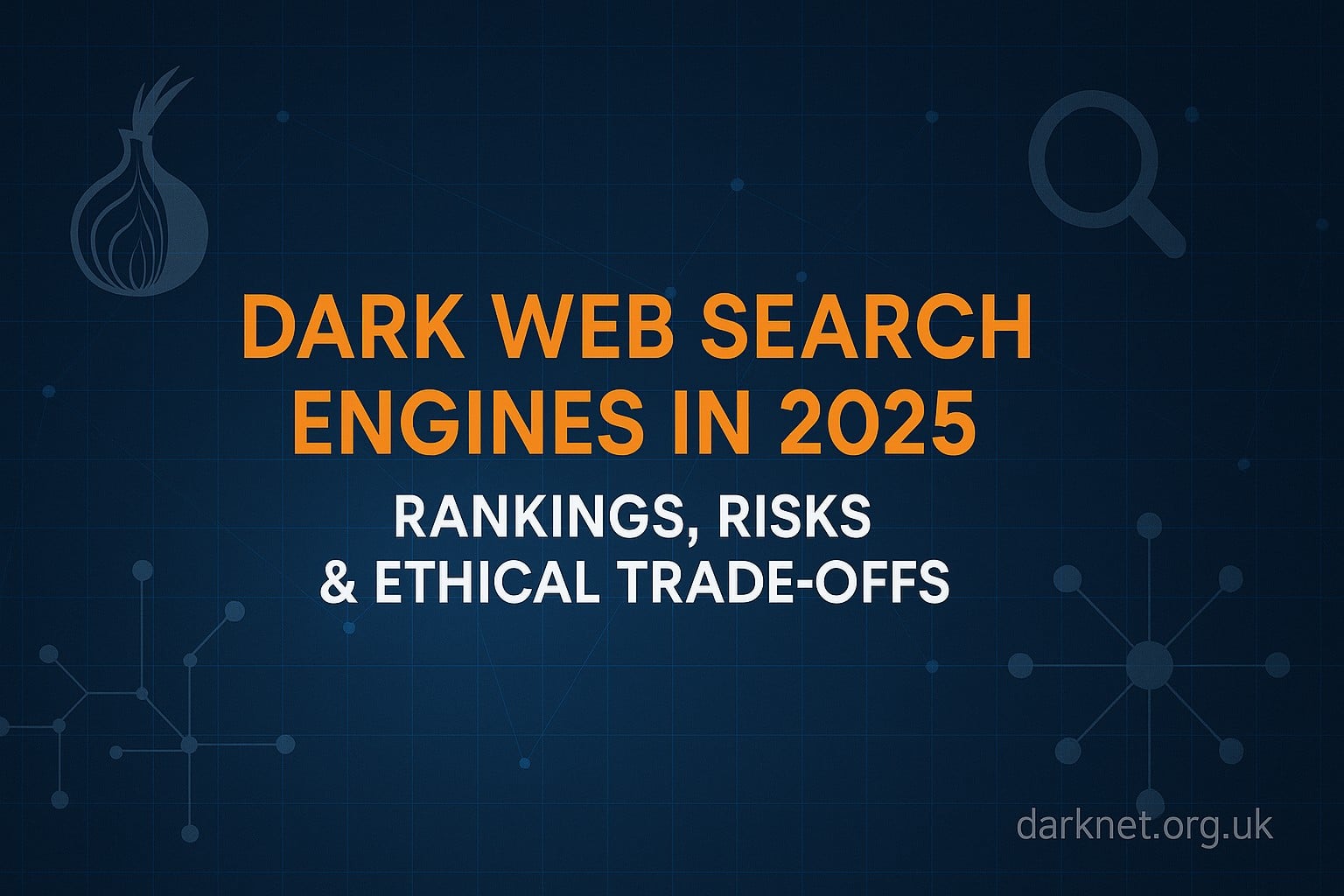Dark Web Search Engines in 2025 – Rankings, Risks & Ethical Trade-offs
In the shadows of the internet, a new world of dark web search engines has emerged as critical tools for threat hunters to uncover hidden secrets and vulnerabilities. Once reserved for browsing onion sites, these search engines now play a pivotal role in discovering new ransomware-as-a-service (RaaS) marketplaces, exploit sellers, and vendor reputational leaks. Understanding which search engines reliably surface high-risk content, which distort reality with stale or broken listings, and which expose you to risk through sloppy indexing has never mattered more.
Over the last 12 months, there has been a notable rise in dark web search tools being used to map ransomware operations and marketplace reputations. The Prey Project 2025 trends report reveals that ransomware-related listings on darknet marketplaces have increased by over 30% year-over-year, especially for file encryption tools and extortion services. Search engine coverage of these listings, particularly for high-impact tools, has become more visible.
The Rise of Dark Web Search Engines
Newer search engines and indexing platforms are claiming larger archives, including the Abacus Market, which features over 40,000 product listings and is known primarily for tools used in financial fraud, exploit sales, and access tokens. Its visibility in search engine indices has increased, making it a frequent hit in threat scans and vendor enumeration efforts.
Emerging RaaS Marketplace Patterns
New darknet marketplaces are increasingly using dual-list Telegram notification channels and search engine metadata to advertise exploit kits and vendor directories. These markets often flood search engine indices with scraped or mirrored listings to increase "SEO" within dark web search engines, escalating the risk of stale or misleading listings.
Index Hygiene and Transparency
Search engines that index exploit sellers, ransomware service vendors, or stolen credential databases often expose patterns. One tactic is vendor enumeration, which involves comparing vendor names, product names, and pricing across multiple engines to build a reputation profile. Another is backlink analysis: stale links may point to markets that have been exit-scammed or seized.
Defenders should verify link activity via Tor access and cross-check listings across multiple engines to reduce false positives. Also, check metadata such as timestamps, vendor feedback count, or last update dates shown in archived snapshots. Threat intelligence vendors and CERTs are becoming increasingly vocal about the importance of index hygiene.
The Ethical Trade-off
Ethical search engine operation demands transparency regarding what is indexed, what filters exist, and whether misleading or broken listings are monitored. Users must assume risk when relying on search engines that do not document their filtering or freshness policies.
Law enforcement, through investigations and digital forensics, sometimes relies on these engines as evidence sources, but often sees hurdles when mirrors disappear or logs are altered. Ethical obligations include ensuring that any listings used in legal contexts are archived reliably. For operators of search engines, the trade-off is between completeness (indexing broadly) and safety (not exposing illicit content or wrong leads) for their own liability and trust.
Dark web search engines are now gatekeepers for high-risk criminal commerce, not just general anonymity indexing. In 2025, what matters is not only what you find, but how fresh and accurate that data is. Tools that emphasize index hygiene, transparency, and live validation will separate valuable threat intel from noise and false leads.
Use dark web search engines only for lawful threat intelligence or research, and avoid interacting with illicit marketplaces or content directly. The future of dark web search engines hangs in the balance – it's time to prioritize caution, accuracy, and transparency in our pursuit of knowledge and security.
